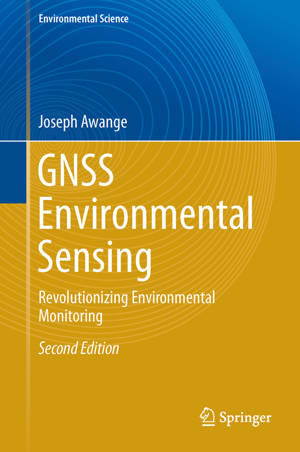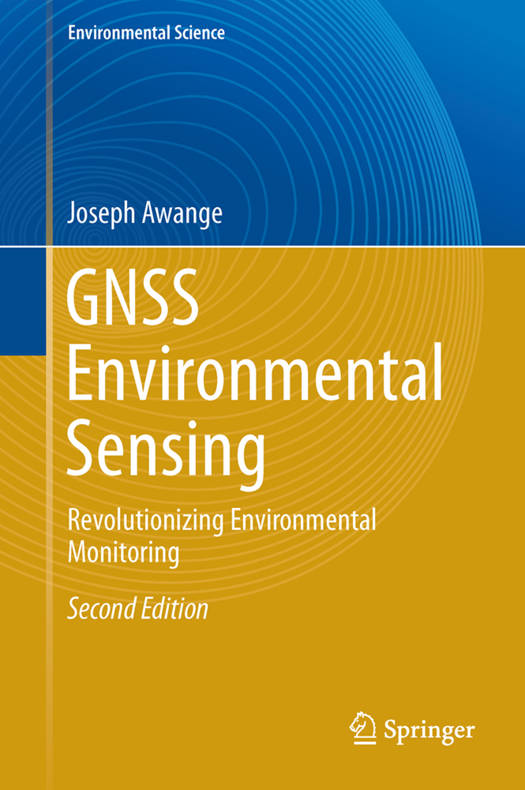
- Retrait gratuit dans votre magasin Club
- 7.000.000 titres dans notre catalogue
- Payer en toute sécurité
- Toujours un magasin près de chez vous
- Retrait gratuit dans votre magasin Club
- 7.000.0000 titres dans notre catalogue
- Payer en toute sécurité
- Toujours un magasin près de chez vous
179,45 €
+ 358 points
Format
Description
Showcases global navigation satellite system (GNSS) sensing of climate variability with examplesDiscusses the first probe at the upper troposphere and lower stratosphere
Presents the applications of unmanned aircraft vehicles (UAV)/drones with examples
Simplifies the theory of GNSS for environmentalists interested in its applications
Presents the applications simply to motivate those involved in GNSS theory to push the boundaries
Presents the applications of unmanned aircraft vehicles (UAV)/drones with examples
Simplifies the theory of GNSS for environmentalists interested in its applications
Presents the applications simply to motivate those involved in GNSS theory to push the boundaries
Spécifications
Parties prenantes
- Auteur(s) :
- Editeur:
Contenu
- Nombre de pages :
- 452
- Langue:
- Anglais
- Collection :
Caractéristiques
- EAN:
- 9783319584171
- Date de parution :
- 12-09-17
- Format:
- Livre relié
- Format numérique:
- Genaaid
- Dimensions :
- 156 mm x 234 mm
- Poids :
- 839 g

Les avis
Nous publions uniquement les avis qui respectent les conditions requises. Consultez nos conditions pour les avis.






